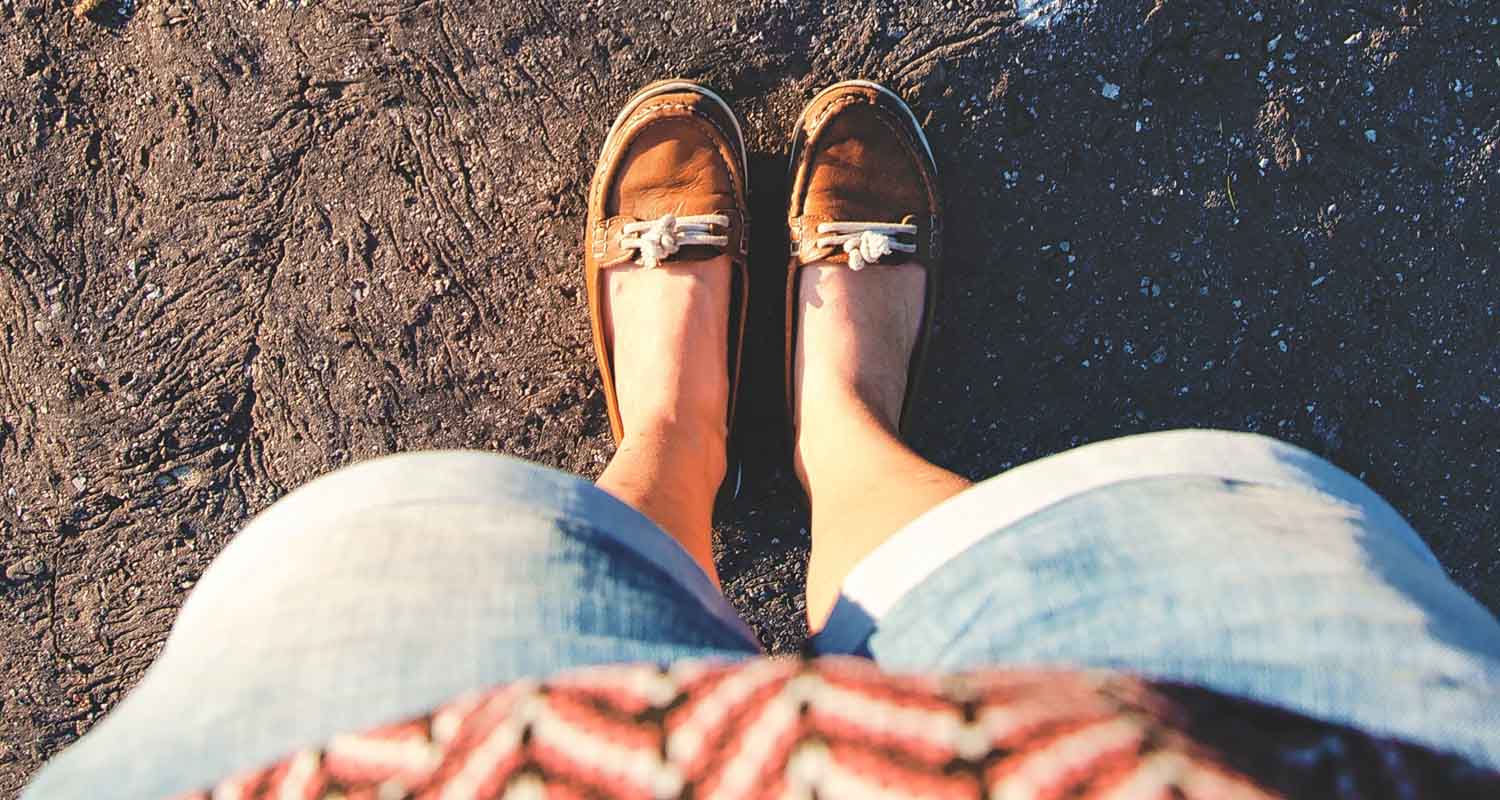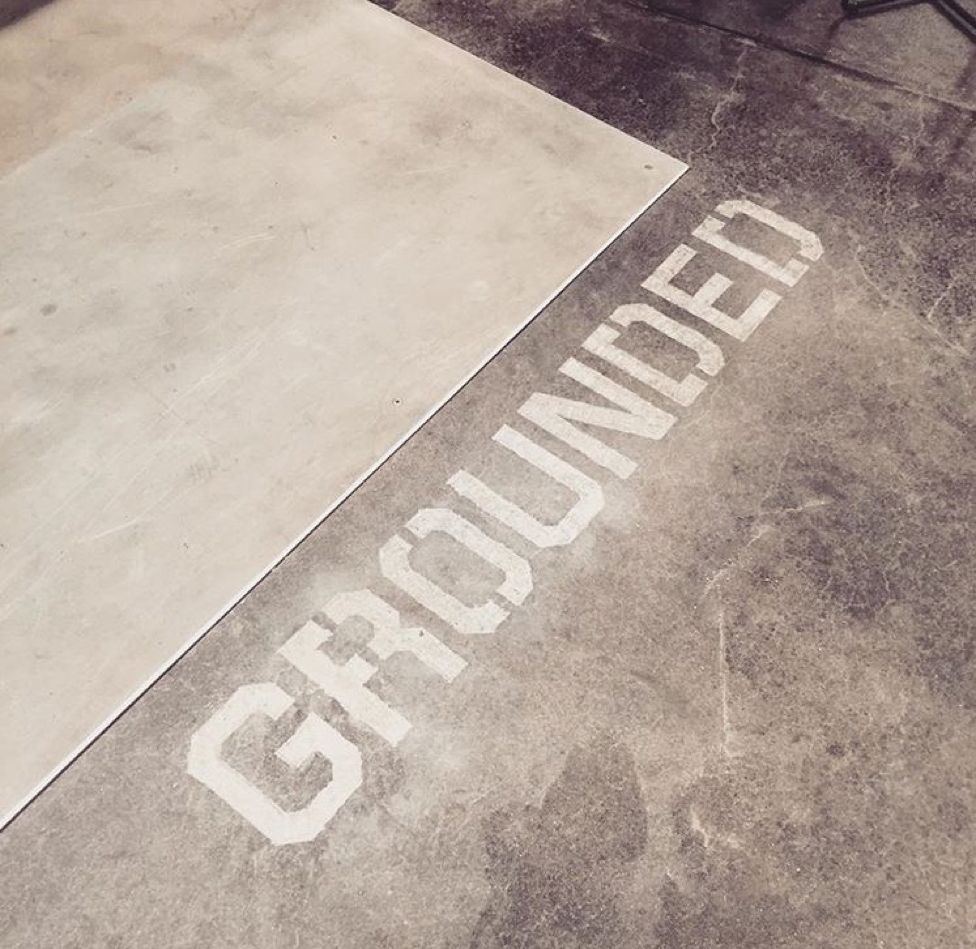
Grounding (sometimes called earthing) is controversial. Plenty of people say it’s nonsense; plenty of others say it works. It’s an unlikely biohack – but there may actually be something to it.
Here’s the theory behind grounding:
The earth has a mild negative charge to it (this part has decent evidence behind it). As you walk around day-to-day, you build up a positive charge in your cells. Back when we were all walking around barefoot and sleeping on the ground, this wasn’t an issue; direct contact with the earth canceled out the positive charge and left us neutral. But now that you wear rubber-soled shoes and sleep indoors, you’re insulated from the earth, and your body doesn’t return to neutral. You just keep building up a positive charge, which saps your energy and causes inflammation and disease (according to the theory, at least).
Is there any research to back up grounding?
Two studies on grounding found meaningful results.
The first had participants sleep on a grounding mat (a conductive mat connected to the earth’s charge). It found that grounding normalized cortisol release and improved sleep; it also mentioned case reports that grounding decreased inflammation [1].
The second study found that grounding decreases blood viscosity, improving blood flow and protecting against cardiovascular disease [2].
Here’s the thing, though: both these studies were small and very poorly conducted. The researchers recruited participants through word of mouth. There were only ten participants in each, and there was no blinding or placebo control.
So as far as research, it could go either way. Maybe the studies are meaningful. Maybe they’re useless.
Why bother writing about grounding then?
Two reasons:
1) Dave does it, and it quantifiably affects him.
Dave was skeptical of grounding for a long time, but when he finally tried it he felt results. In his words:
“In 2005, I was flying from the West Coast to Cambridge, England every month because I was an executive for a startup based there. Even with Virgin’s awesome seats, the jet lag from flying east was painful. I could kill it with a variety of chemical techniques and more complex nutritional approaches, but it was inconvenient and sub-optimal. I had heard about the idea that if you grounded yourself by walking barefoot on grass for 20 minutes, it made jet lag go away. I laughed at the idea.
I know that raising body temperature by exercising in the morning is effective for resetting circadian rhythms, so I tried doing yoga in the park by my hotel, barefoot. What an incredible difference! I did not experience the negative effects of jet lag at all. I figured it was the yoga, and tried yoga indoors on the next trip doing the same series at the same time of day. It did not have any effect. After a few trips, I confirmed for myself that grounding worked for reasons I didn’t understand. I used it, but I didn’t tell anyone because I already have a reputation for weirdness given my butter-eating and collection of electrodes that only sometimes appear in my board meetings. You can only go so far and retain your credibility, or so I thought. I just kept grounding as one of my secret tools for being Bulletproof.”
It also quantifiably improves Dave’s REM sleep – a consistent REM increase of 30-35% – when he puts a grounding mat under his bed (the times waking data point is an error). Dave collected this data with a Zeo sleep tracker. Too bad Zeos aren’t in production anymore. They were great.
Most mainstream researchers and doctors dismiss grounding, but just because scientists don’t understand something yet doesn’t mean it doesn’t work.
Dave liked grounding so much that he had grounding panels put in the floor at the Bulletproof Cafe in Santa Monica and the new Bulletproof retail outlet in the Los Angeles Arts District (20 percent off coupon here). Look for the label next time you visit:

2) It’s easy to test grounding yourself and measure the results, if there are any.
You can buy a grounding mat and put it under your feet while you work/under your bed while you sleep. Or just spend significant time walking around barefoot on natural ground (dirt, sand, etc., not concrete or asphalt). You can track a few results without much hassle:
- Sleep quality. Download the Sleep Cycle app (it’s free) and track your sleep each night. Do both grounded nights and ungrounded nights, and keep everything else (hours of sleep, bedtime and wake time, supplements, exercise, etc.) as constant as you can. If you want to go a step further, get someone else to either turn on the grounding mat or leave it off, so you don’t know which nights are which. That’ll eliminate placebo effect.
- Daily cortisol rhythm. Cortisol tests are more expensive, so this may not be a viable long-term experiment. You could do one day while grounding yourself and one day while not. Again, keep as many other variables constant as you can.
- Jet lag. Next time you land in a different time zone, spend an hour walking through a park with your bare feet. The time after that, walk around a park wearing shoes. See if you feel a difference in jet lag.
- Happiness. Take the Beck Depression Inventory or a similar test of mood for 5 days when you’re grounding and 5 days when you aren’t. Average the scores and see if there’s a difference.
Grounding is a great introductory experiment if you want to try making a change and measuring its impact. And if you do decide to do a little self-experimentation, or if you have previous experience with grounding, post your results in the comments below! Thanks for reading and happy biohacking.
[expand title=”Click to read the complete list of references.” swaptitle=”Click to hide references.”]
- http://online.liebertpub.com/doi/pdf/10.1089/acm.2007.7048
- http://online.liebertpub.com/doi/pdf/10.1089/acm.2011.0820
[/expand]











